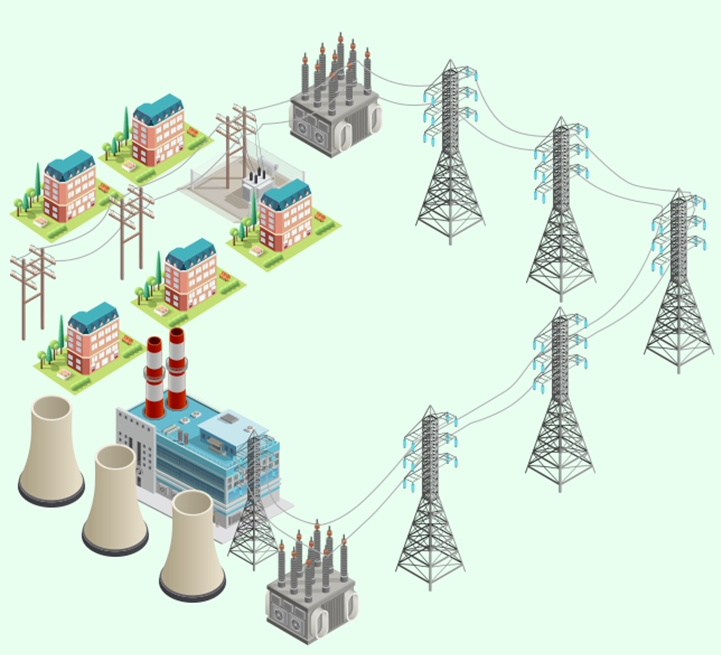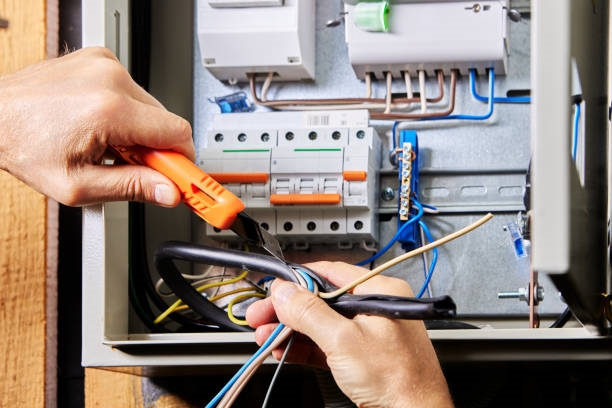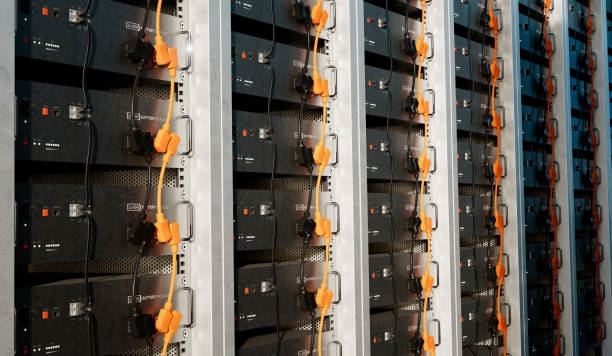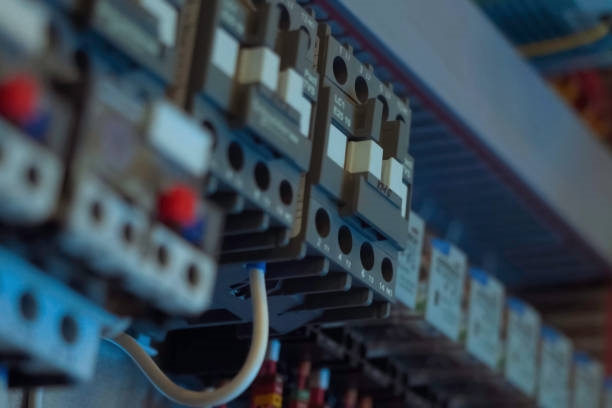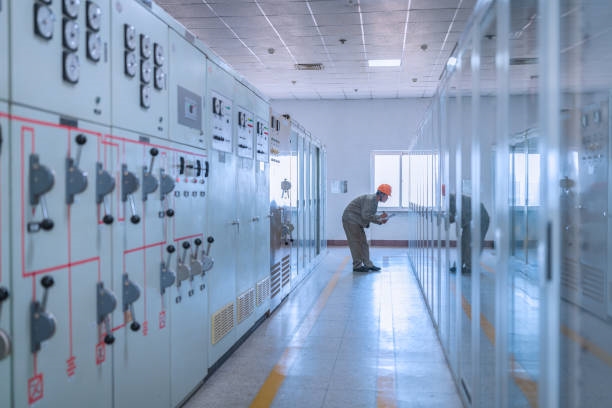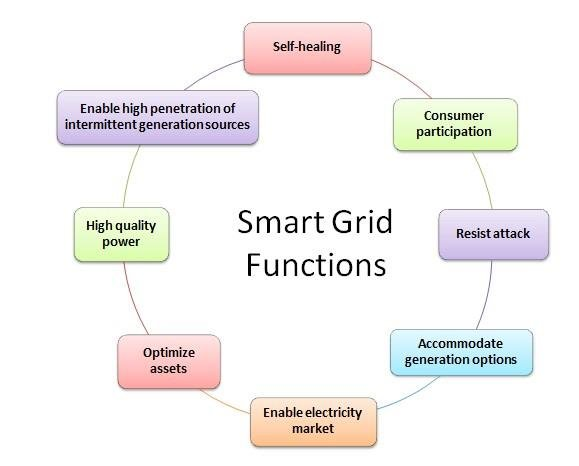Wind turbines convert wind energy into mechanical power, which drives a rotor to produce alternating current electricity.
The V164 turbine in Denmark, standing 220 meters tall, features three 80-meter blades. It generates 260,000 kWh in 24 hours, enough to power hundreds of households for a month.
Why Do Turbine Blades Rotate Slowly?
The slow rotation of wind turbine blades is due to their weight and wind speed. Larger turbines have longer, heavier blades that rotate more slowly. For example, a 1.5 MW turbine¡¯s blades, weighing about 6 tons, are 1.8 times heavier than those of a 0.75 MW turbine but rotate at 18 RPM, only three-quarters the speed of the smaller turbine.
Blade speed also depends on wind speed. A 1.5 MW turbine starts generating power at a wind speed of 3 meters per second by using gears to increase rotor speed. However, blade speed cannot increase indefinitely. When wind speeds exceed the turbine¡¯s limit, it shuts down to prevent excessive centrifugal forces and inertia from disrupting balance and damaging blades.
Each turbine model has a maximum speed. At high wind speeds, a control system halts operation to minimize wear and damage from inertia, similar to how a car braking at 30 km/h is easier to stop than one at 200 km/h. Slower rotation protects the turbine.
Power output does not depend on blade speed. At constant speed, larger blades capture more force, increasing power. A 1.5 MW turbine at full power generates 1,500 kWh per hour, enough for a three-person household using 30 kWh daily in peak summer to last about 50 days.
Types of Wind Turbines
Wind turbines are classified into two main types: horizontal-axis and vertical-axis turbines.
Horizontal-Axis Wind Turbines
Horizontal-axis turbines, with rotors parallel to the wind direction, are divided into lift-type and drag-type. Lift-type turbines rotate faster, while drag-type rotate slower. Most wind power generation uses lift-type horizontal-axis turbines.
These turbines typically include a yaw system to align with the wind. Small turbines use a tail rudder, while larger ones employ wind direction sensors and servo motors. Designs vary: upwind turbines have rotors in front of the tower, while downwind turbines have them behind. Some feature multiple rotors on a single tower to reduce tower costs at a fixed power output, and others create vortices around the rotor to concentrate airflow and increase speed.
Vertical-Axis Wind Turbines
Vertical-axis turbines, with rotors perpendicular to the ground or airflow, do not need to align with the wind, simplifying design and reducing gyroscopic forces. Drag-based vertical-axis turbines include flat-plate or S-shaped rotors, which are primarily drag devices with some lift. These have high starting torque but low tip-speed ratios, resulting in lower power output for a given rotor size, weight, and cost.
 ALLPCB
ALLPCB


